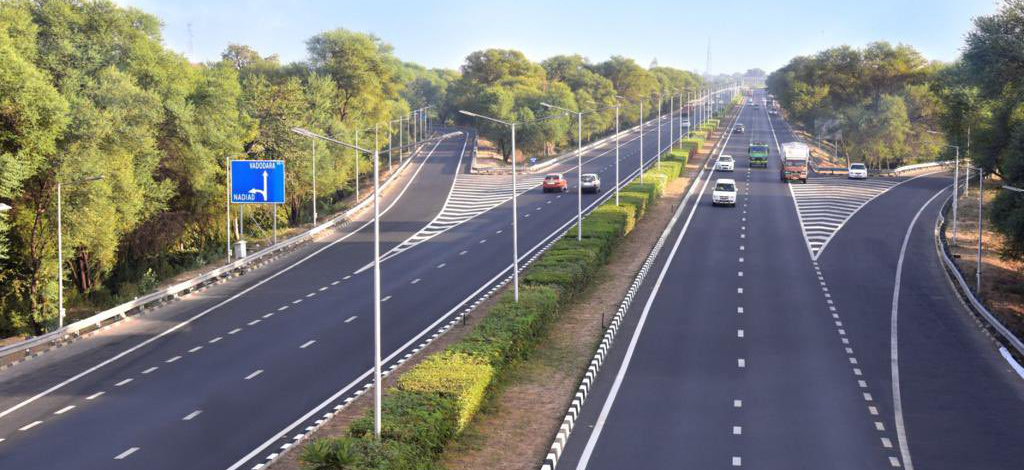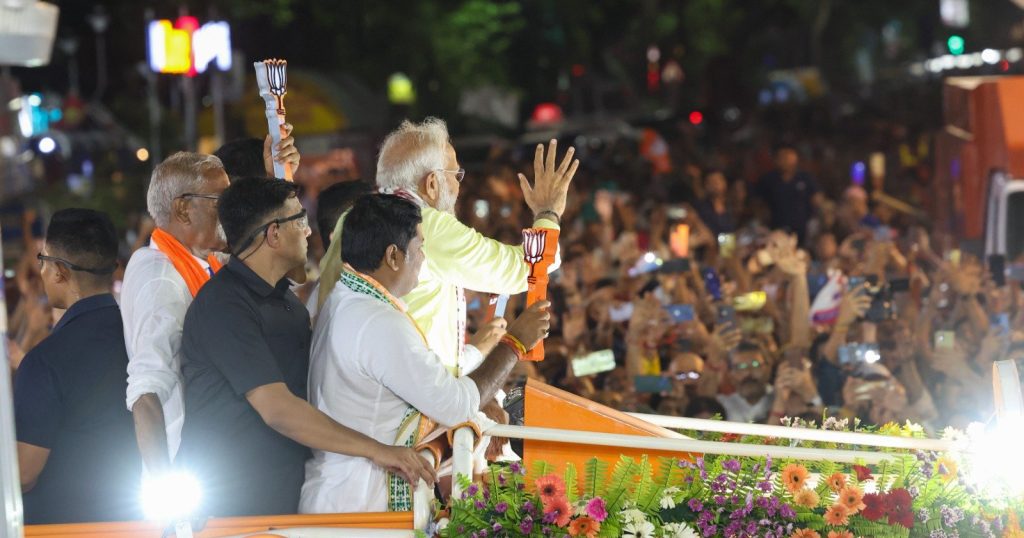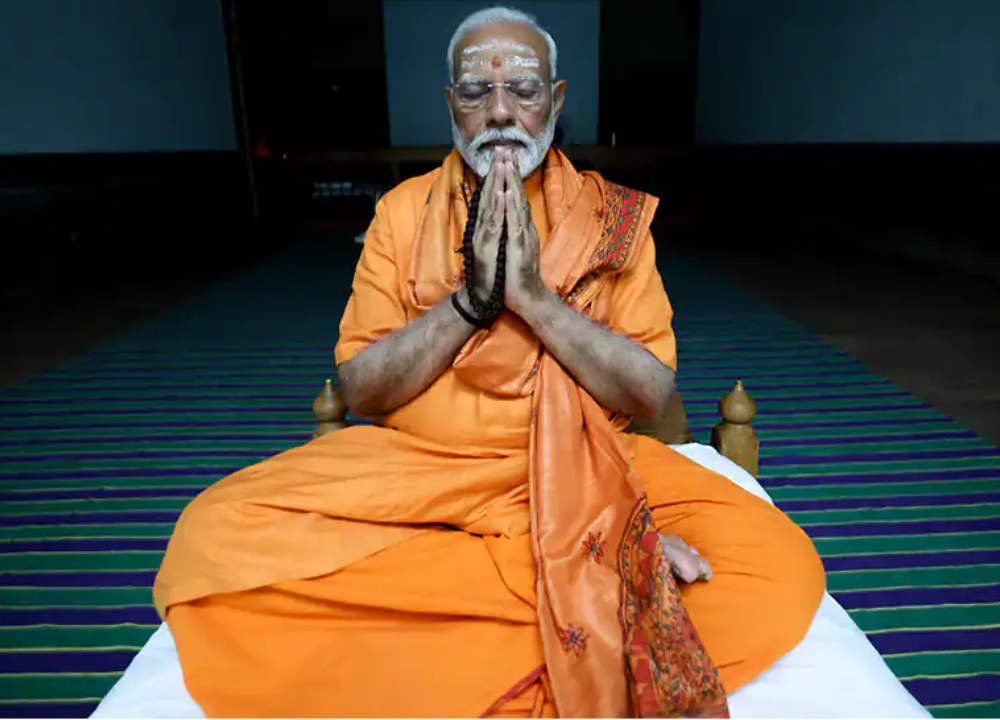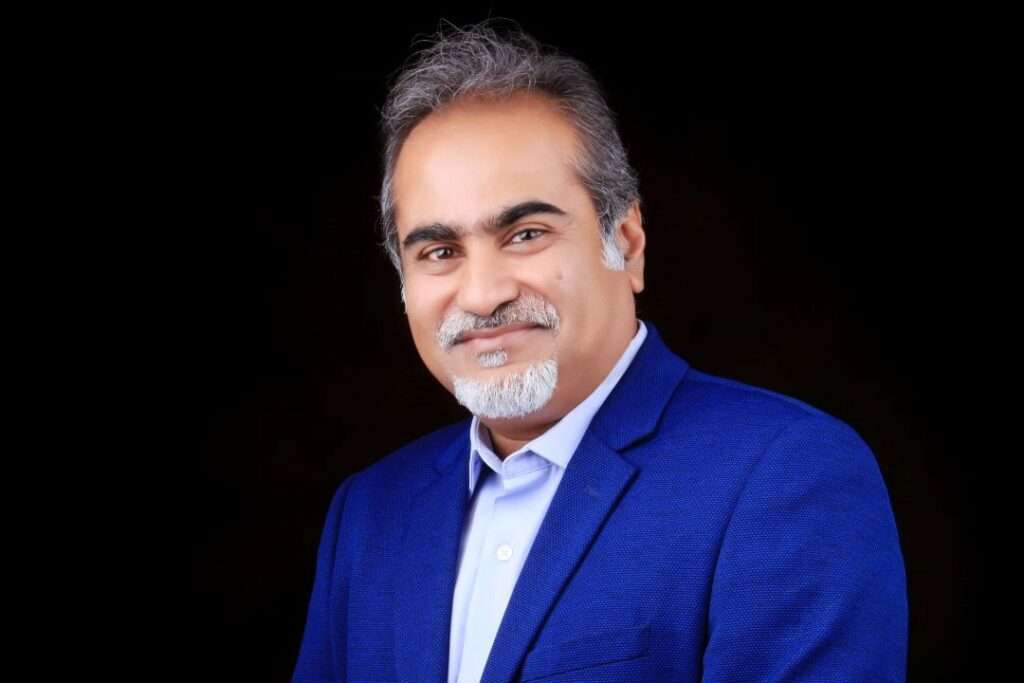India’s economic progress under Prime Minister Narendra Modi, particularly in the manufacturing and infrastructure sectors, has been substantial. However, the BJP’s recent campaign strategies, focusing on religion and caste, suggest a calculated response to the complexities of Indian electoral dynamics, shaped by past experiences such as the 2004 ‘India Shining’ campaign. As exit polls predict a decisive victory for the BJP, this article delves into the dynamics of India’s economic progress, the strategic shifts in political campaigning, and the imperative for Indian citizens to prioritize national interest over divisive politics in the electoral process.
India’s economic landscape has undergone a significant transformation under Prime Minister Narendra Modi‘s leadership over the past decade. The country’s GDP growth of 8.2%, announced on May 31, 2024, highlights substantial advancements, particularly in the manufacturing and infrastructure sectors. This period also marked India’s assertive presence on the global stage, navigating complex international conflicts with a firm stance. However, despite these achievements, the BJP’s recent election campaign has stirred controversy with its focus on religion and caste, diverging from its earlier development-centric narrative.
Economic and Manufacturing Progress
India’s impressive GDP growth is a result of several key policies and initiatives aimed at fostering economic development. The ‘Make in India’ campaign, launched in 2014, sought to transform India into a global manufacturing hub. This initiative focused on enhancing skill development, innovation, and infrastructure, attracting significant foreign direct investment (FDI) and boosting domestic manufacturing capabilities.

Under Modi’s regime, India witnessed a surge in infrastructure projects led by Union Minister Nitin Gadkari. The construction of highways, modernization of railways, and expansion of ports have facilitated smoother trade and commerce. Projects like the Bharatmala Pariyojana and Sagarmala have been instrumental in enhancing connectivity and reducing logistical costs, thereby making Indian manufacturing more competitive globally.
India’s assertive stance in international affairs, such as its positions during the Russia-Ukraine war and the Israel-Hamas conflict, has reinforced its image as a decisive and influential player on the global stage. This strong positioning has helped India in forging strategic partnerships and expanding its geopolitical influence.
PM Modi’s Campaign Strategy: A Shift from Economic Success
Despite these economic achievements, the BJP’s campaign strategies in recent times have focused heavily on religious and caste-based rhetoric. This approach appears to contrast sharply with the progressive and development-focused narrative that characterized PM Modi‘s initial tenure.

The BJP’s shift towards a more aggressive campaign strategy might be understood by looking back at the 2004 general elections. During that period, the BJP-led government under Prime Minister Atal Bihari Vajpayee campaigned on the ‘India Shining’ slogan, emphasizing economic success and developmental achievements. Despite these positive strides, the campaign failed to resonate with a broad segment of the electorate, leading to the BJP’s unexpected defeat.
The perceived failure of the ‘India Shining’ campaign taught the BJP valuable lessons about the complexities of Indian electoral politics. It underscored the need to address the diverse and multifaceted concerns of India’s electorate, which includes significant considerations of religion and caste.
In the recent elections, the BJP’s strategy reflects an attempt to consolidate its traditional voter base by emphasizing issues that resonate deeply with certain segments of society. By focusing on religion and caste, the BJP seeks to solidify its support among these groups, ensuring a more secure electoral base. This strategy, however, has not been well-received by all. Progressive thinkers and even some core supporters of the BJP and Modi have expressed discontent, viewing this shift as a departure from the inclusive and development-oriented agenda that initially garnered widespread support.
Decisive Majority for BJP: Exit Polls and Media Reactions
On June 1, 2024, when the voting concluded, major mainstream media houses in India released exit polls indicating a decisive victory for the BJP. These polls suggest that the BJP’s controversial campaign strategy, which heavily emphasized religious and caste-based rhetoric, may have been effective in securing voter support. The exit polls, projecting a clear win for the BJP, contrast sharply with earlier sentiments that the opposition alliance, INDIA, might be gaining an advantage.

However, the opposition parties have challenged the exit poll predictions, asserting that the media is painting a overly optimistic picture of the BJP’s prospects. They remain confident of achieving a majority, arguing that the ground reality and voter sentiment are not fully captured by these polls.
As we await the official results on June 4, it remains to be seen whether the exit polls accurately reflect the electorate’s choices or if they are influenced by media narratives. The final tally will reveal whether the BJP’s strategic focus on religion and caste paid off or if the opposition’s claims of a different electoral outcome hold true. This period of uncertainty underscores the importance of a mature and discerning approach to the electoral process by Indian citizens, ensuring that elections are determined by genuine national interest rather than divisive politics.
As India continues to evolve, it is the responsibility of Indian citizens to mature in their electoral processes, ensuring that elections are won on the basis of national interest rather than appeasement politics. This maturity will be crucial for sustained development and social harmony, fostering a more inclusive and prosperous India.







